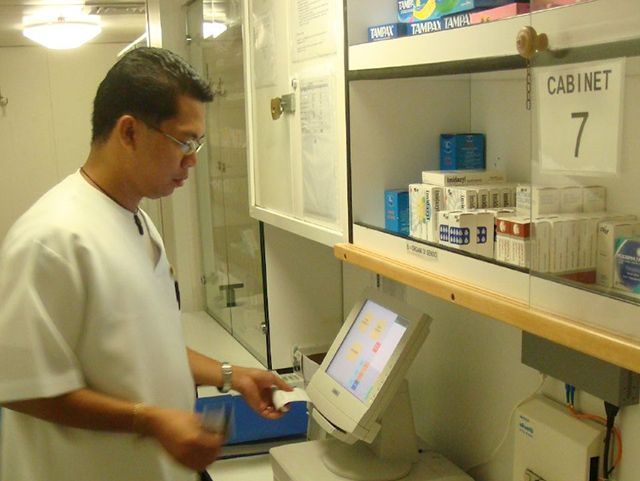
How can I get my prescription cheaper? Retail pharmacy vs Mail Order
Where to Find the Lowest Prescription Prices
When it comes to prescription medications, you have choices when it comes to where you can buy them. Having options provides flexibility, but it also means you need to be informed. Before deciding where and how to purchase your prescription, it's important to understand the pros and cons of each option and how to find the lowest prescription price.
Understanding the Landscape
There are two main types of pharmacies: retail and mail order. Retail pharmacies can be standalone stores or part of a larger retail chain. They have pharmacists and pharmacy technicians who assist you in person. Examples of retail pharmacies include Walgreens, CVS, Rite Aid, Albertsons, Kroger, and your local independent corner pharmacy. While retail pharmacies used to be on every corner, they are increasingly closing their doors.
The other category is mail order pharmacies, which don't have physical locations you can visit. They send your prescription to you through the mail, usually a few days after your healthcare provider prescribes it. Mail order pharmacies, especially those owned by insurance companies have, existed for a while. However, mail order pharmacies have seen a popular resurgence in the past few years, many rebranding as online pharmacies. The efforts have been led by Mark Cuban’s Cost Plus Drugs as well as other cash only pharmacies started by entrepreneurs frustrated with the hurdles of insurance.
Choosing Between Retail and Mail Order Pharmacies?
Both types of pharmacies have their pros and cons, but it's essential to start by checking with your insurance company. But before you even begin to consider those, check with your insurance company. Increasingly, insurance companies and pharmacy benefit managers (PBMs), are limiting their members choices of pharmacy. You may have to use a specific retail pharmacy OR get certain medications through mail order. If you're unsure about your insurance requirements, contact your insurance provider for clarification
Retail Pharmacies: Pros and Cons
When it comes to retail pharmacies, the pros are clear. Retail pharmacies offer easy access, with medications ready within minutes to hours of the prescription being sent. Trained pharmacy staff are available to answer your questions. However, the downside can be higher prices. All those nice pros have costs which may be passed through to the patient. Fortunately, manufacturer coupons, copay savings programs, and prescription discount cards can all help offset some of the costs.
Mail Order or Online Pharmacies Pros and Cons
Mail order or online pharmacies often provide cheaper medications, especially for generic medications. Conveniently, your prescription is delivered directly to your mailbox saving you a trip. These pharmacies often offer a 90 day supply vs 30 day supply reducing the risk of running out. Drawbacks include the delay from prescription ordering to delivery, the lack of relationship with your pharmacist, a smaller selection of medications, and the potential for extreme weather affecting your prescription during transit.
Making the Right Decision
Patients need to consider cost, convenience, and timing when making their choice. For those taking multiple medications, it's possible to decide on a prescription-by-prescription basis, selecting the type of pharmacy that suits each one. The biggest challenge in making a decision is time – the time needed to research your insurance options and medication prices at different pharmacies. When researching Retail pharmacies, be sure to use a Pharmacy Savings website like RxCard Compare to find all the available prescription discount options. By doing so, you can ensure you are making the right choice for your prescriptions today.